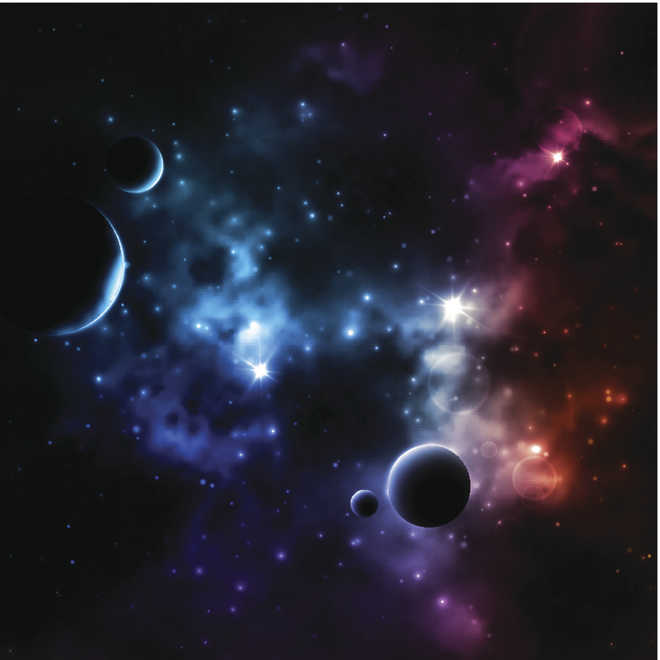
Washington
The universe may not be expanding as quickly as believed, according to scientists.
A team of astronomers led by University of Arizona (UA) found that the type of supernovae commonly used to measure distances in the universe fall into distinct populations not recognised before.
The findings have implications for our understanding of how fast the universe has been expanding since the Big Bang.
The study suggests the possibility that the acceleration of the expansion of the universe might not be quite as fast as textbooks say, researchers said.
The team, led by UA astronomer Peter A Milne, discovered that type Ia supernovae, which have been considered so uniform that cosmologists have used them as cosmic “beacons” to plumb the depths of the universe actually fall into different populations.
“We found that the differences are not random, but lead to separating Ia supernovae into two groups, where the group that is in the minority near us are in the majority at large distances - and thus when the universe was younger,” said Milne.
“There are different populations out there, and they have not been recognised. The big assumption has been that as you go from near to far, type Ia supernovae are the same. That doesn't appear to be the case," Milne said.
The discovery casts new light on the currently accepted view of the universe expanding at a faster and faster rate, pulled apart by a poorly understood force called dark energy.
This view is based on observations that resulted in the 2011 Nobel Prize for Physics awarded to three scientists.
The Nobel laureates discovered independently that many supernovae appeared fainter than predicted because they had moved farther away from Earth than they should have done if the universe expanded at the same rate.
This indicated that the rate at which stars and galaxies move away from each other is increasing; in other words, something has been pushing the universe apart faster and faster.
Milne and his co-authors, including Gautham Narayan of the National Optical Astronomy Observatory in Tucson, observed a large sample of type Ia supernovae in ultraviolet and visible light.
They combined observations made by the Hubble Space Telescope with those made by NASA's Swift satellite.
The data collected with Swift were crucial because the differences between the populations - slight shifts toward the red or the blue spectrum - are subtle in visible light, which had been used to detect type Ia supernovae previously, but became obvious only through Swift's follow-up observations in the ultraviolet.
The researchers concluded that some of the reported acceleration of the universe can be explained by colour differences between the two groups of supernovae, leaving less acceleration than initially reported. PTI



























